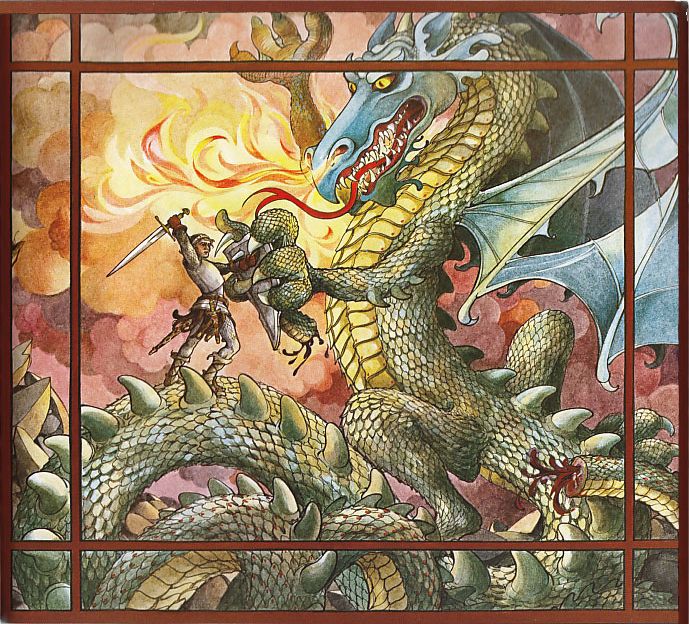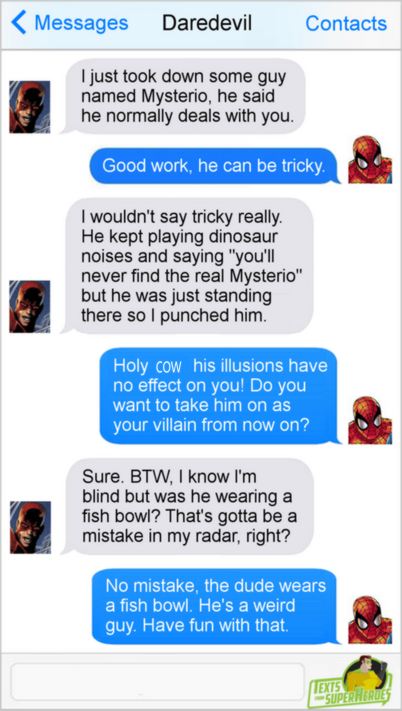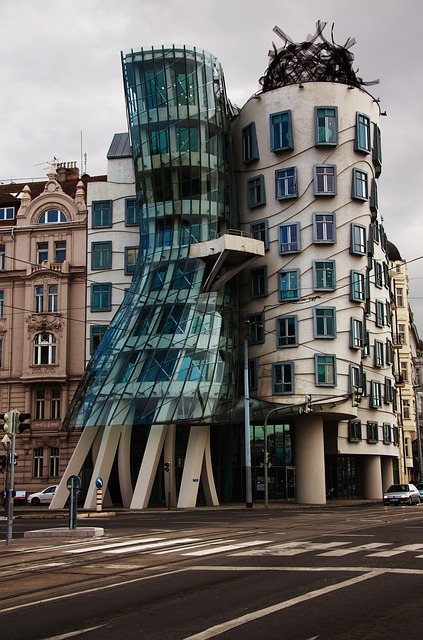Today I’m going to build a MONSTER! And next week we’ll fight it!
A few notes about monsters first. A good monster is fun for building conflict into a story. Your heroes can show off their abilities, or can be pushed to their limits. And when they win, well, they beat a monster so they can feel good about it and not face a moral conundrum of “did I do the right thing?”
But that lack of moral quandary only works if the monster is, indeed, a monster. The lines often grow fuzzier over time. Look at European dragons; in the days of St. George, the dragon was a literal metaphor for all-consuming greed– stealing gold, eating maidens, poisoning water, decimating livestock, and certainly not part of the natural order. St. George was fully in the right to do away with it once and for all.

But the dragons of today? Not so. Today’s dragons are Toothless-style adorable cats that can fly or Temeraire-style intelligent dragons who want to integrate into society and are as intelligent or more than humans. They’ve become more sympathetic, partly because people think they’re awesome and so want to write or imagine them as more than just monsters. And it does create good stories! But now if you want a knight to fight a dragon, you have to establish that yes, this dragon is just a creature of evil and no, the townspeople aren’t misjudging it and no, it’s not secretly a good guy, it is for real just a bad dragon that needs to be slain.
The same thing has happened to, well, most monsters. Werewolves. Vampires. Not skeletons so much really, as I think about it, but most other monsters. For proof, look at the ever-broadening field of monster romance books or even dating sim apps. Or don’t, some of ’em are kinda… disturbing.
Am I saying this is a bad thing? Heck no. A lot of monsters were created due to fear of the unknown or fear of the stranger. Fear of the other. Fear of the different. Some people think stories of changelings are because of kids with autism or ADHD or similar that people just didn’t understand, that didn’t act like their neurotypical counterparts, and therefore othered them into an unknowable monster. The fact that people are not only trying to understand but are coming to love these literal embodiments of “People That Are Different” is encouraging to me as we begin to question long-held beliefs of “this thing is different and therefore bad.” Then you’ve also got monsters like the Big Bad Wolf who went from “This evil thing is making it hard to live in the frontier or cross the area between towns” to “this beautiful symbol of the wild and wilderness must be protected.” Understanding breeds familiarity breeds desire to understand better.
But. A good monstrous monster is still valuable to a story. So to make a good monster, we make it one of two things: No part of it is redeemable, or it has no volition. For example, smallpox. No one is going to create a smallpox preserve because the noble smallpox virus should be protected. (Keeping some vials to study just in case of future outbreaks is different. And the setup for a zombie-style movie. Protect that stuff real good, people.) Or, as another example, mind-controlled something-or-others. They’re going to keep coming until you can stop them. If you want your moral quandary there, how are you going to stop the mind-controlled people or, I dunno, chinchilla horde from being needlessly sacrificed? Or can they be saved? Are they already gone and merely their husks continue? Or robots- robots are a good mindless monster to be torn apart en masse.
Let’s get building our monster then!
First, location. Where are we going to put this monster? Wide open areas or narrow corridors? Something terrifying in a labyrinth or spaceship may be fairly straightforward to fight in an open plain or a school gymnasium or a broad beach. Or what is effective against one hero may be child’s play for another. I think we’ll go with the tight corners of a labyrinthine setting for fun, and why not make it a stone dungeon labyrinth?*

So with that established, motivation? Even a creature of evil or just one with no malevolence but also no compassion has something it’s trying to achieve. Let’s say this one is trying to rid the area of anything organic. The only remaining objects will be inorganic. Metal, stone, but no wood or moss or even dust.
Now. The monster itself. How is it terrifying? With the corners I’m going to say it has to be extremely flexible, have a good sense of direction, and terrifying often comes from inhuman and incomprehensible. I have two directions that feel good for such a monster- something insectile or something amorphous. Insects already creep many people out because of the way their bodies are so different from a mammals’ body, which is very foreign to people. Amorphous plays into unknowable. But I think I’m going to go insectile this time.
For agility, flowing around corners, and so forth, I’m thinking something like a centipede. But I don’t want to just make a giant centipede. First off, it’s been done. (Okay, yes, most things have. Still. This is the monster creation lab. We’re being mad scientists today! Let’s do something unusual!) What can I make that’s different? We were saying it’s eating organics. What if it incorporates those into its body? The longer it is, the more it’s eaten. (yes, this has been done before too. So what.) Then it kind of becomes a log of what it’s eaten. Some areas are full of wood and sticks from underground supports. Some areas of mice and moss when it’s just been in an abandoned dungeon. Some areas are evidence of fights. Missing chunks, and of course the losers of those fights. And to add a layer on that, it consumes from the front and adds from the front, so the further back it goes the later in its history it is. Which means its head grows through whatever it attaches.
What does it fight with? What sort of natural weapons does it have? Suppose it secretes a fluid that’s half acid, half adhesive to burn through bits and then fuse them onto itself. What is its actual substance? A narrow crab-like thing that uses the spittle like glue to adhere things to itself decorator-crab style but then the acid eats through it and the parts it attach become organically part of it. This has to work fast or it won’t make sense. If it’s eating dust and dirt, the color might suffuse it so all of its limbs look dusty and darkened, which would give it more of a unified sense. Single-color, petrified under a crusty layer of hardened shell made of spit and dust. It would have manipulative grabber-claws to arrange things, and lots of them. The whole thing would be segmented so it could grab and wrap. Lots and lots of mismatched teeth for cutting and grinding.
Well, I’m freaking myself out pretty well. I think it’s complete enough here; only thing it’s lacking is a name, which I will let the heroes next week come up with. See you then!
Intellectual Property of Elizabeth Doman
Feel free to share via link
Do not copy to other websites or skim for AI training
*Yes, labyrinth in the most technical sense is not a maze but a long winding path to a center. So one with many branching paths would be more a maze. But if it’s part of a complex, where any direction can lead to a destination one might want to achieve, which is it? The branching paths of a maze but the achievable directions and lack of dead-ends that are features of a labyrinth? Honestly just a normal, if complex, building. Or the former fine-arts building of my college which certainly had unusual routes to arrive at some of its rooms. Notably the 2nd-floor instrument library only accessible from the 1st floor.




